Few Roman emperors shaped the ancient world as profoundly as Hadrian. A restless traveler, visionary architect, and ruler who prioritized culture as much as conquest, he left an enduring legacy through the monuments he built.
From opulent palaces and grand libraries to fortified walls and sacred temples, Hadrian blended tradition with innovation, redefining the empire’s architectural landscape. His structures, spanning from the heart of Rome to its distant frontiers, reflect his ambition, artistic vision, and desire to shape Rome’s future through its architecture.
One of Rome’s most striking landmarks, Castel Sant’Angelo originally served as Hadrian’s mausoleum. Built in the early second century, this massive cylindrical structure was once the tallest building in the city. Its exterior was adorned with marble and travertine, featuring a rooftop garden and a golden quadriga (four horse chariot). Hadrian’s ashes were placed here in 138 CE, alongside those of his wife, Vibia Sabina, and his adopted son, Lucius Aelius.
By 401 CE, much of the mausoleum’s decorative splendor had disappeared, and the structure was repurposed as a fortress. Over the centuries, it became a strategic stronghold for the popes. During the Sack of Rome in 1527, Pope Clement VII sought refuge here while the city fell to the troops of Emperor Charles V. Though he survived, most of his Swiss Guard perished in the attack.
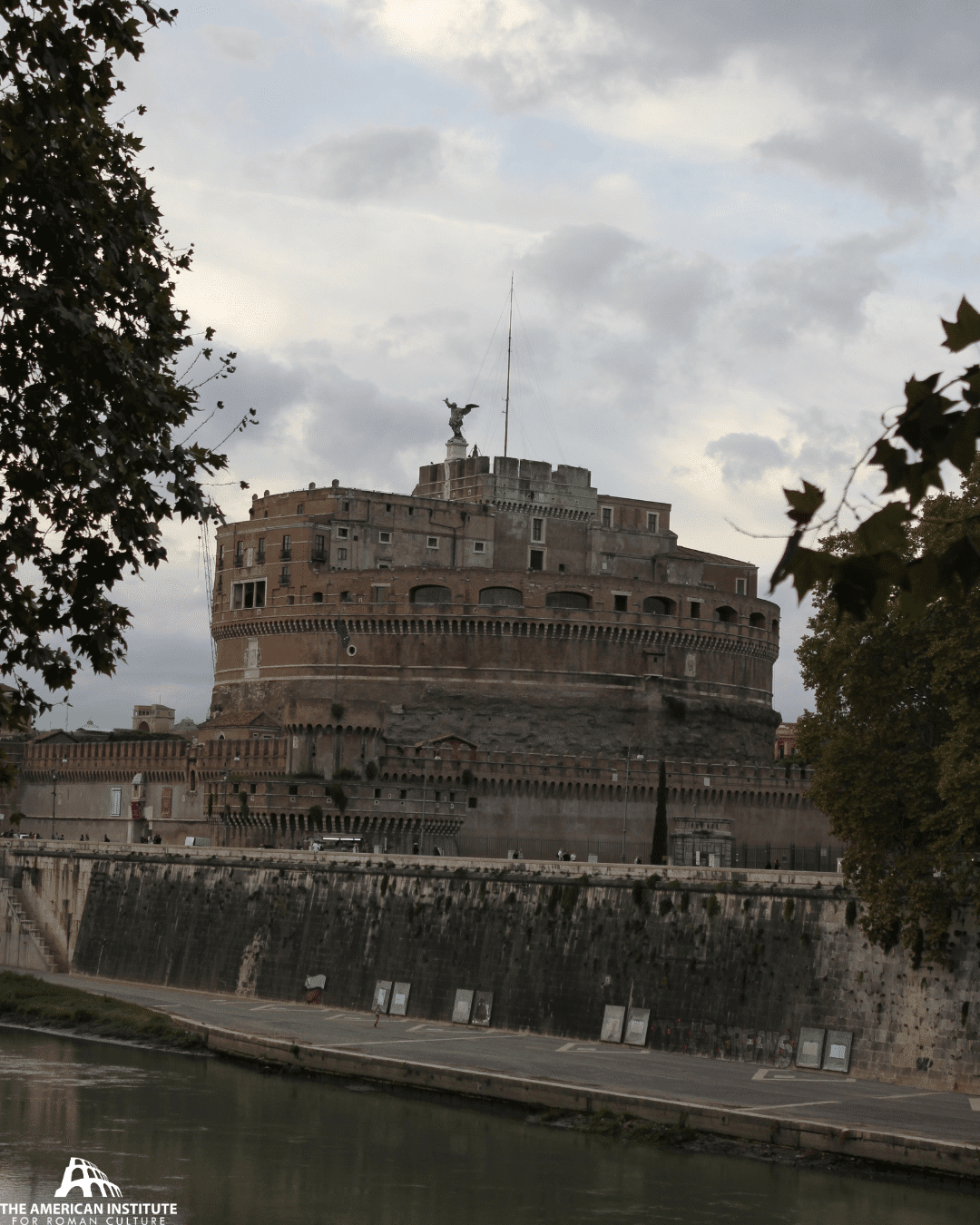
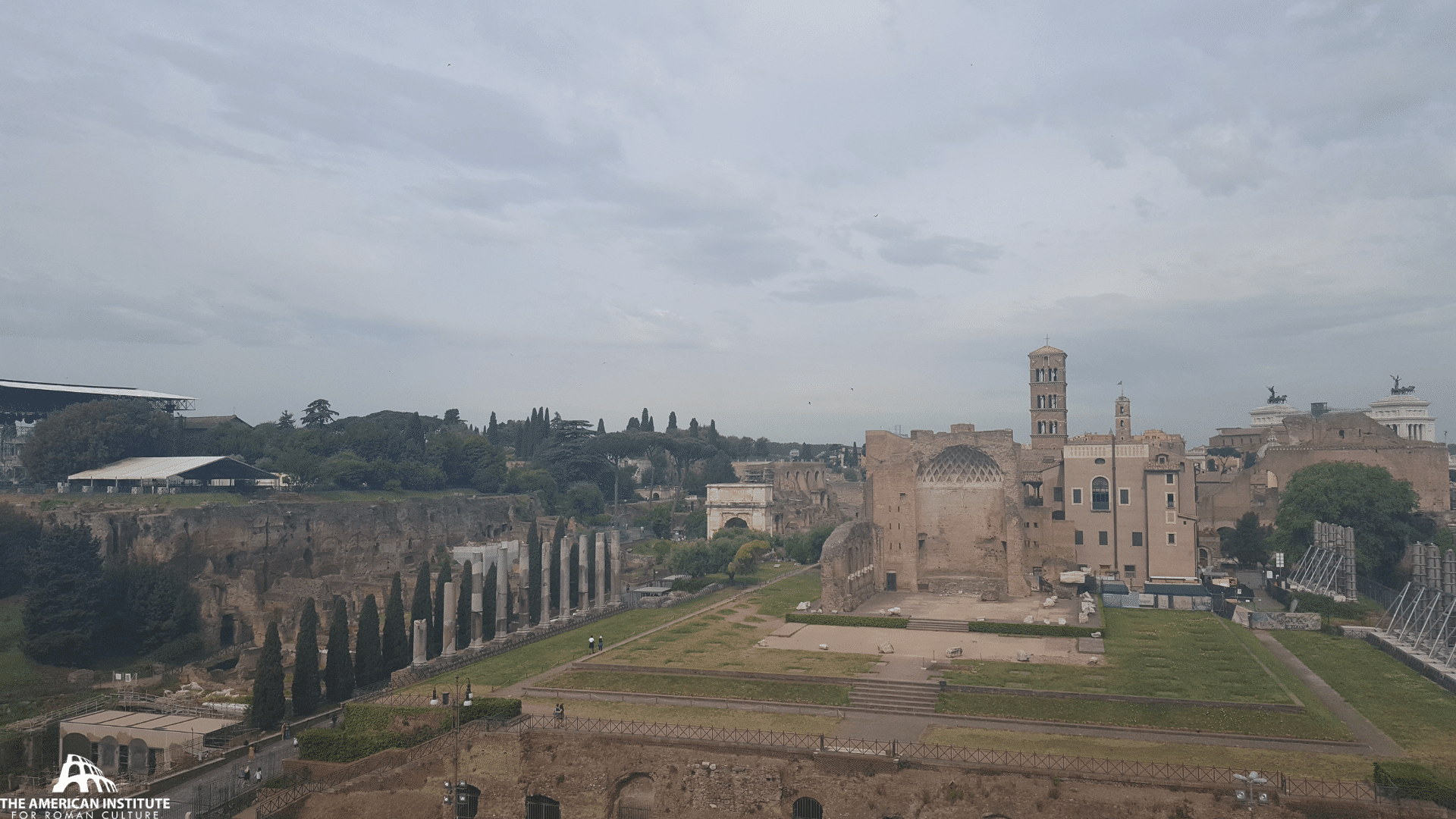
Likely the largest temple in ancient Rome, the Temple of Venus and Roma was dedicated by Hadrian in 135 CE and completed by his successor Antoninus Pius. Built on the Velian Hill, it stood between the Roman Forum and the Colosseum, on top of the remains of Nero’s Domus Transitoria and Domus Aurea.
This temple featured two back-to-back sanctuaries – one dedicated to Venus Felix, bringer of good fortune, and the other to Roma Aeterna, eternal Rome. Parts of the temple still stand today. The apse of the Venus sanctuary, facing the Colosseum, is visible to passersby, while the Roma sanctuary was converted into a church. Today, visitors can explore the ruins of the temple while visiting the Roman Forum.
The Pantheon is the best-preserved temple from ancient Rome and features the largest unreinforced concrete dome in the world. Its massive dome spans 44.4 meters, with a central oculus nearly 9 meters wide, allowing natural light to illuminate the interior. Originally built by Agrippa as a temple dedicated to all the major Roman gods, the Pantheon was destroyed by fire multiple times. The structure that stands today was rebuilt under Hadrian.
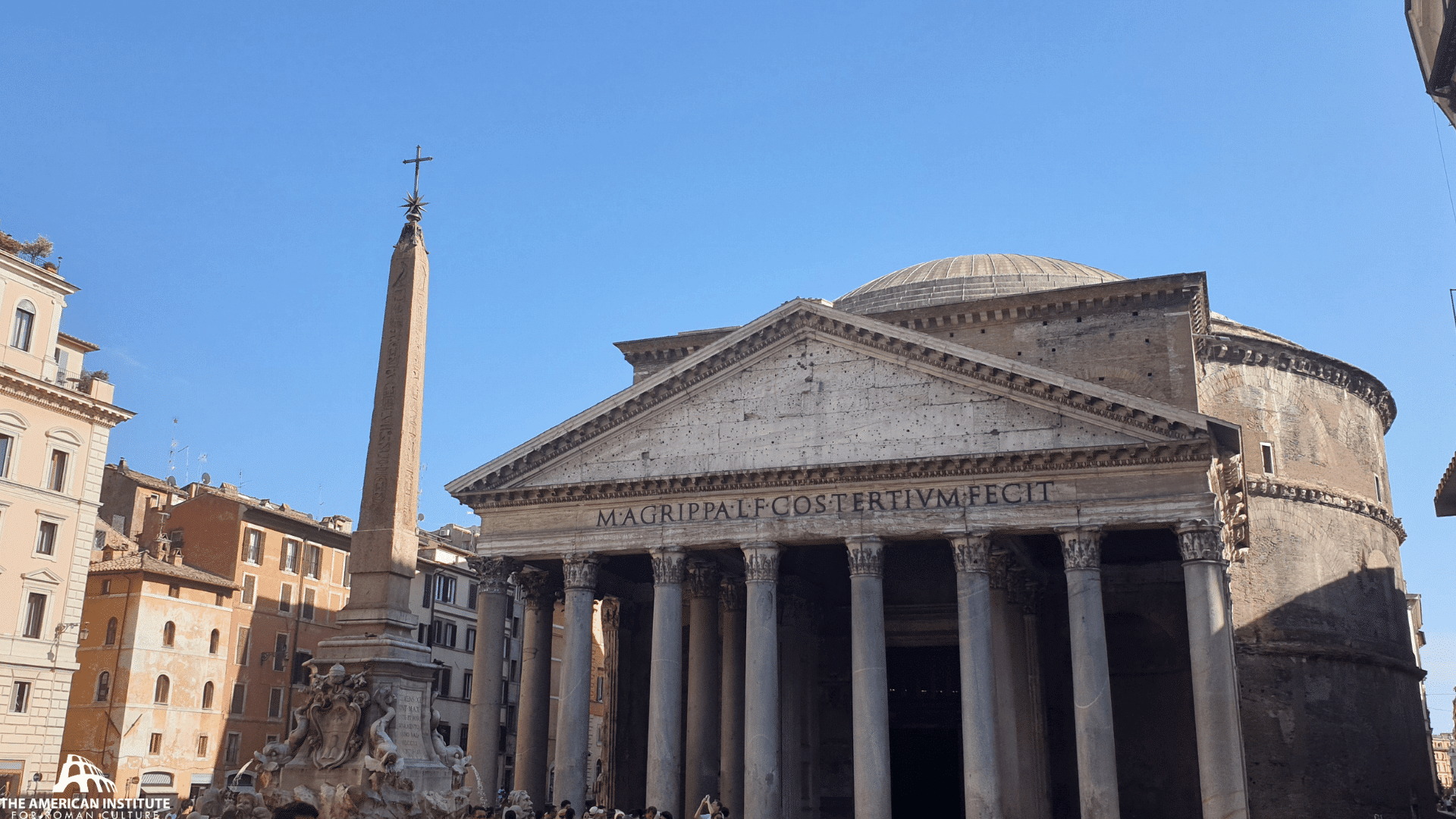
Unlike many other Roman buildings, the Pantheon survived largely intact because it was converted into a church shortly after the fall of the Western Roman Empire. This ensured its continuous use and maintenance, preserving it for centuries. Today, it remains the most visited monument in Rome, attracting millions who come to admire its architectural brilliance.
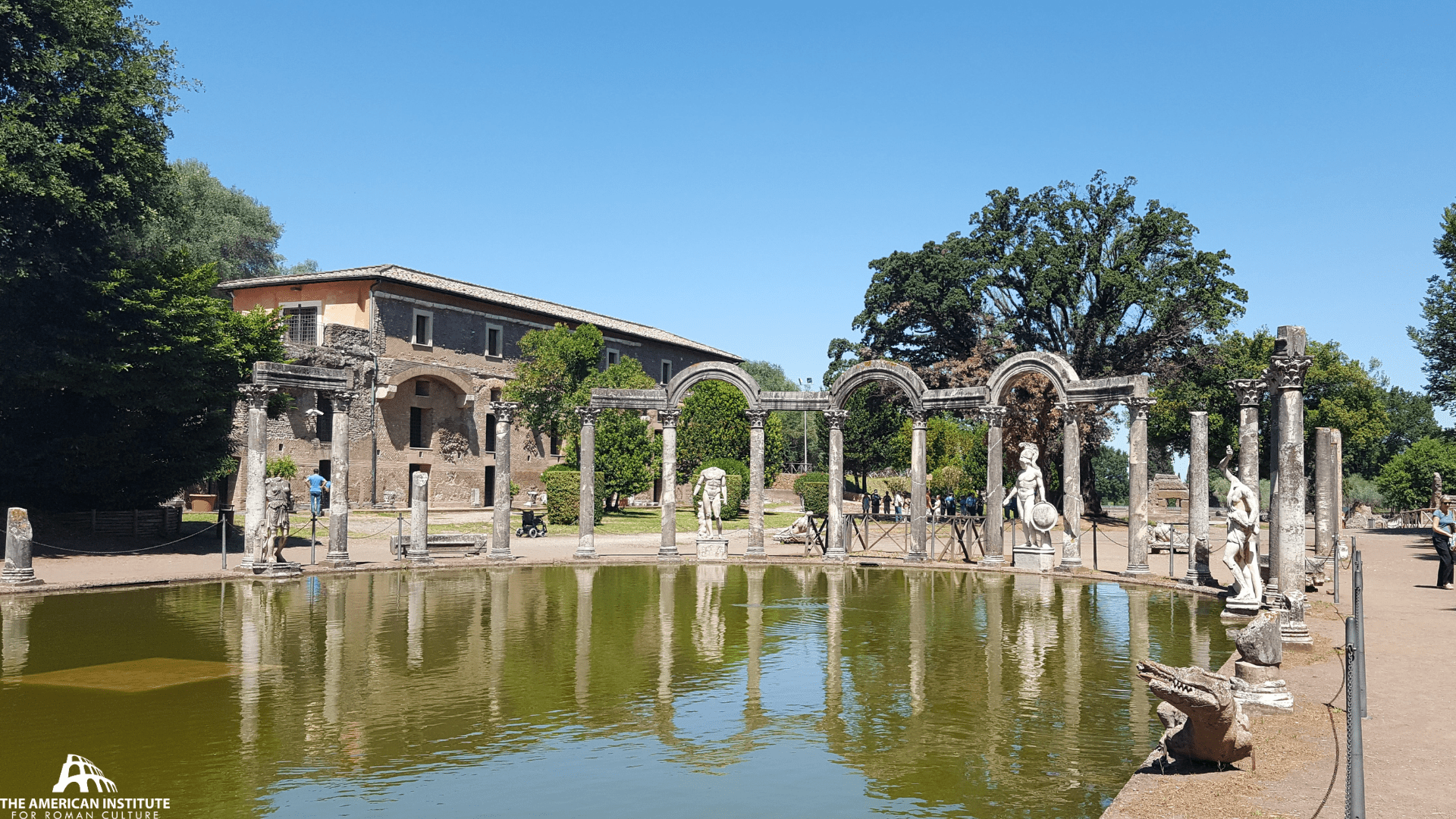
Villa Adriana, a UNESCO World Heritage Site, was Hadrian’s grand imperial retreat located near present-day Tivoli. Built between 118 and 119 CE, the villa covered more than a square kilometer – larger than the city of Pompeii. This vast complex included baths, gardens, nymphaea, pavilions, and residences inspired by architectural styles from across the empire.
Hadrian designed the villa as a reflection of his travels, incorporating elements from Greek, Egyptian, and Roman traditions. The estate, strategically positioned near ancient Tibur, had access to four aqueducts, ensuring a steady water supply. A masterpiece of Roman engineering, Villa Adriana influenced Renaissance and Baroque architecture and remains a symbol of Hadrian’s love for artistic and architectural innovation.
The building was part of Hadrian’s broader efforts to promote Athens as a cultural center. However, it suffered extensive damage during the Herulian invasion of 267 CE. It was later restored between 407 and 412 CE, and a tetraconch church was added to its courtyard. Over time, this church was replaced by a larger basilica. Today, the library’s ruins provide insight into Hadrian’s vision of Athens as a hub of learning and scholarship.
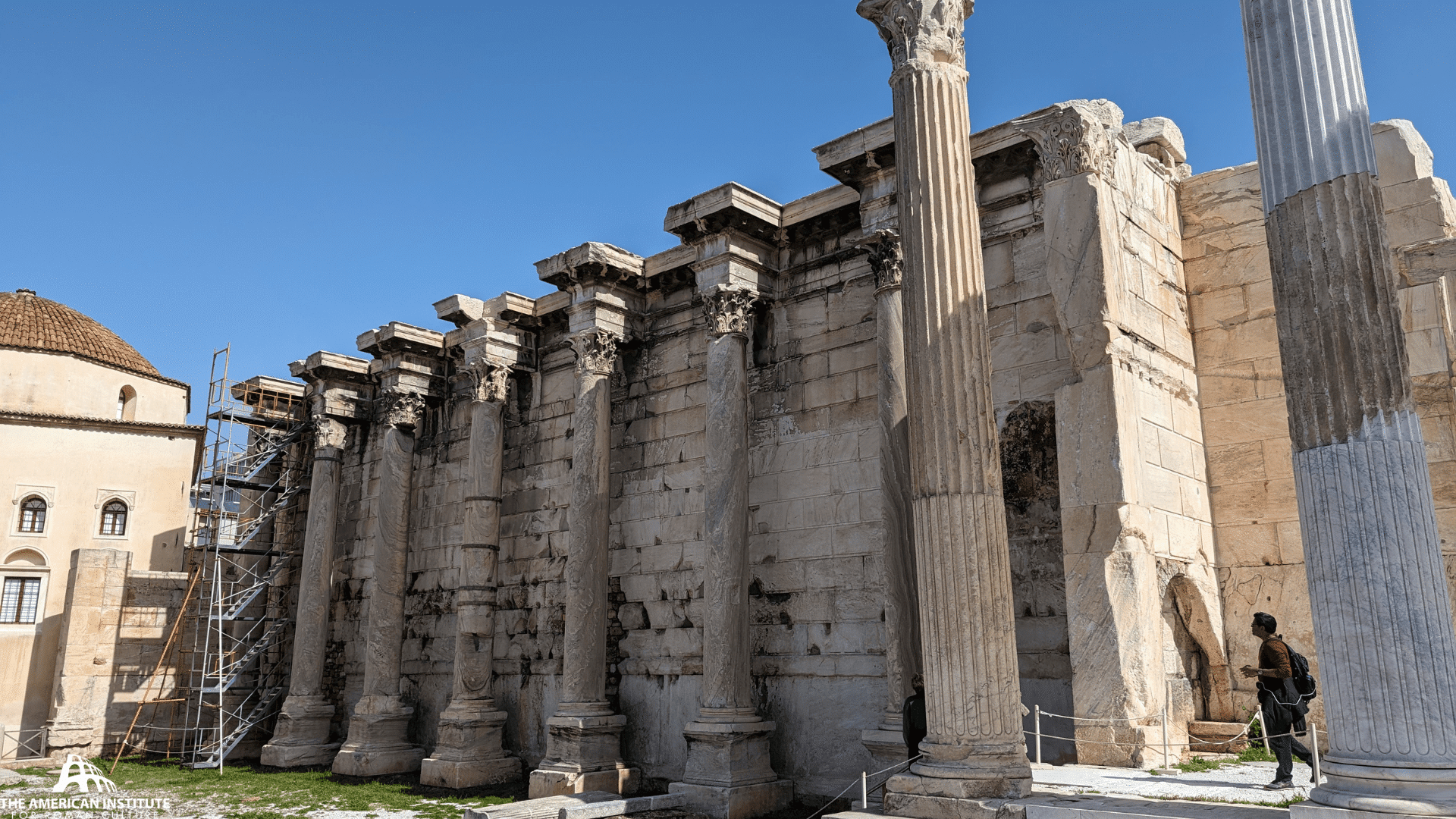
The building was part of Hadrian’s broader efforts to promote Athens as a cultural center. However, it suffered extensive damage during the Herulian invasion of 267 CE. It was later restored between 407 and 412 CE, and a tetraconch church was added to its courtyard. Over time, this church was replaced by a larger basilica. Today, the library’s ruins provide insight into Hadrian’s vision of Athens as a hub of learning and scholarship.
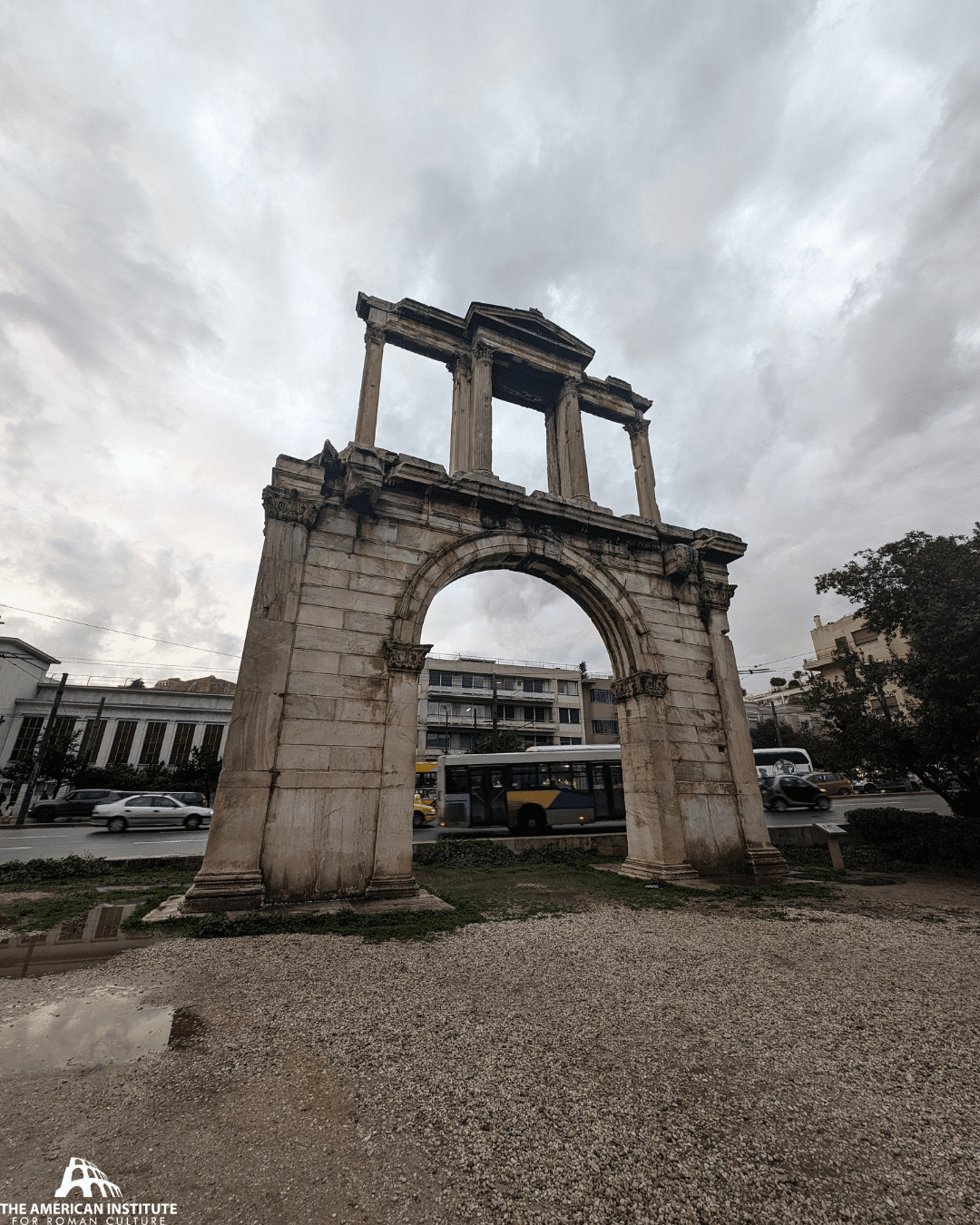
Hadrian’s Arch, a triumphal-style gateway in Athens, marked the boundary between the city’s historic district and the new Roman expansion under Hadrian. Constructed entirely from Pentelic marble, it was inscribed with two statements. One side reads, “This is Athens, the ancient city of Theseus,” while the other declares, “This is the city of Hadrian and not of Theseus.”
The arch symbolized Hadrian’s contributions to Athens, highlighting his role in shaping its development. Though it has survived remarkably well over the centuries, modern pollution has caused significant discoloration and erosion of its inscriptions.
Hadrian’s Wall, built in 122 CE, was a massive fortification designed to protect the northern frontier of Roman Britannia. Stretching from Wallsend on the River Tyne to Bowness-on-Solway, it spanned approximately 73 miles and consisted of stone walls, ditches, forts, and watchtowers.
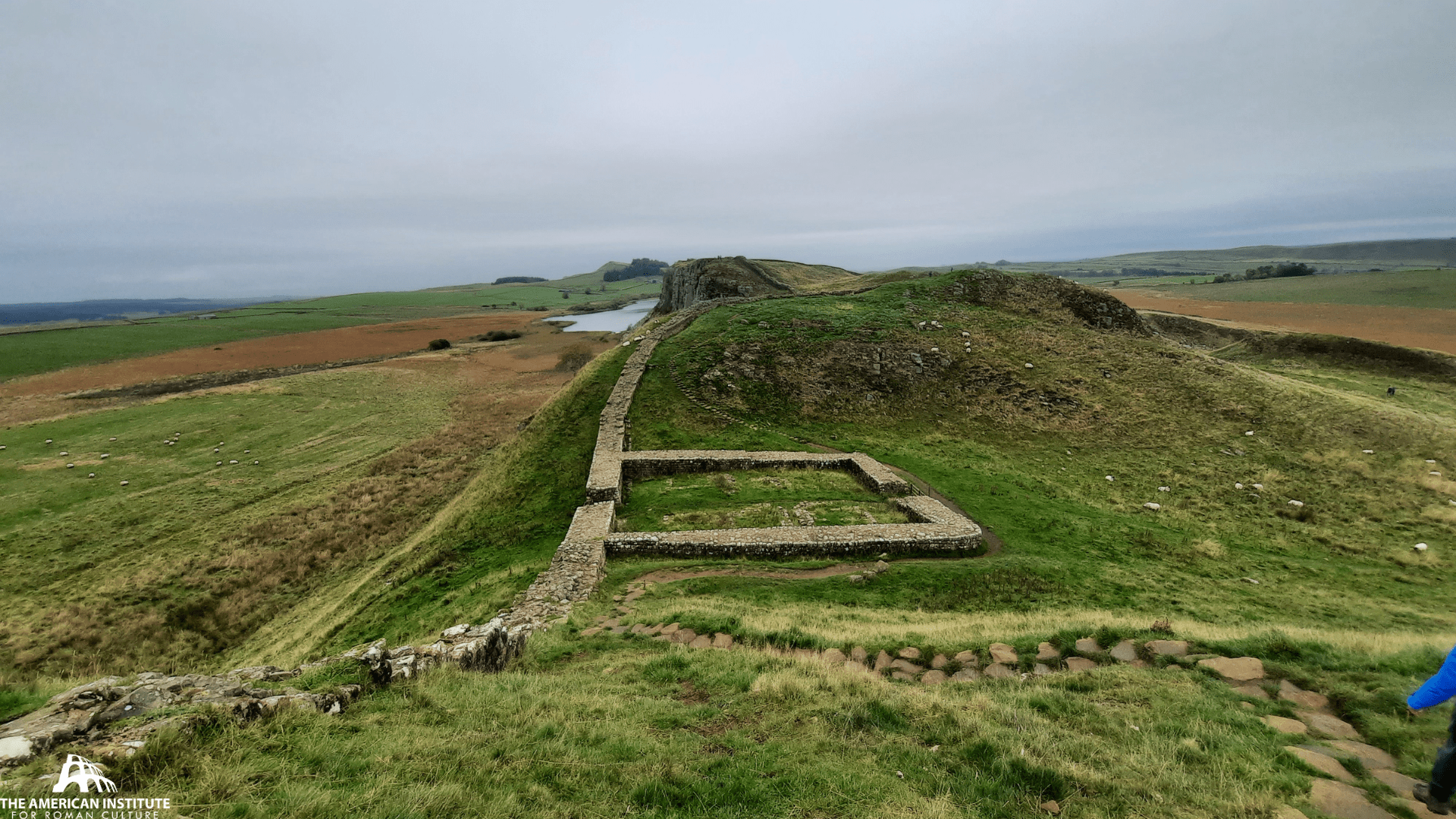
Unlike his predecessor Trajan, who pursued territorial expansion, Hadrian prioritized securing the empire’s borders. Britain lacked natural defensive barriers, so the wall served as an artificial boundary, separating Roman-controlled lands from the northern Celtic tribes. Though later emperors, such as Antoninus Pius, attempted to extend the frontier further north with the Antonine Wall, Hadrian’s Wall remained the primary defensive structure in the region for centuries.
This content is brought to you by The American Institute for Roman Culture, a 501(C)3 US Non-Profit Organization.
Please support our mission to aid learning and understanding of ancient Rome through free-to-access content by donating today.
Cite This Page
Cite this page as: Darius Arya, The American Institute for Roman Culture, “The Monumental Architecture of Emperor Hadrian,” Ancient Rome Live. Last modified 4/2/2025. https://ancientromelive.org/architecture-hadrian
License
Created by The American Institute of Roman Culture, published on 4/2/2025 under the following license: Creative Commons: Attribution-NonCommercial-ShareAlike. This license lets others remix, tweak, and build upon this content non-commercially, as long as they credit the author and license their new creations under the identical terms. Please note that content linked from this page may have different licensing terms.


